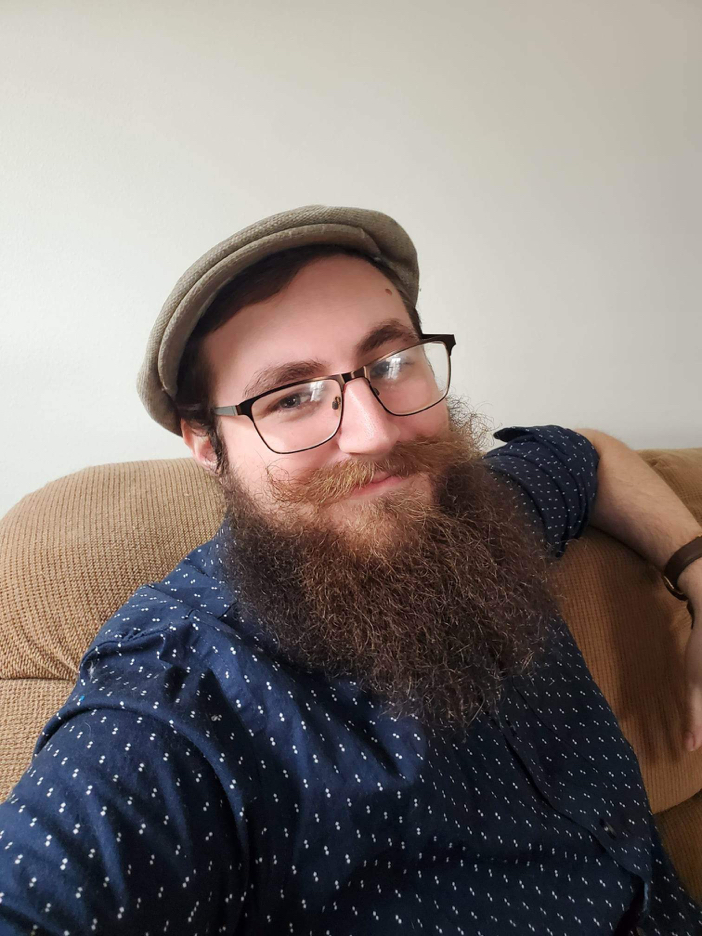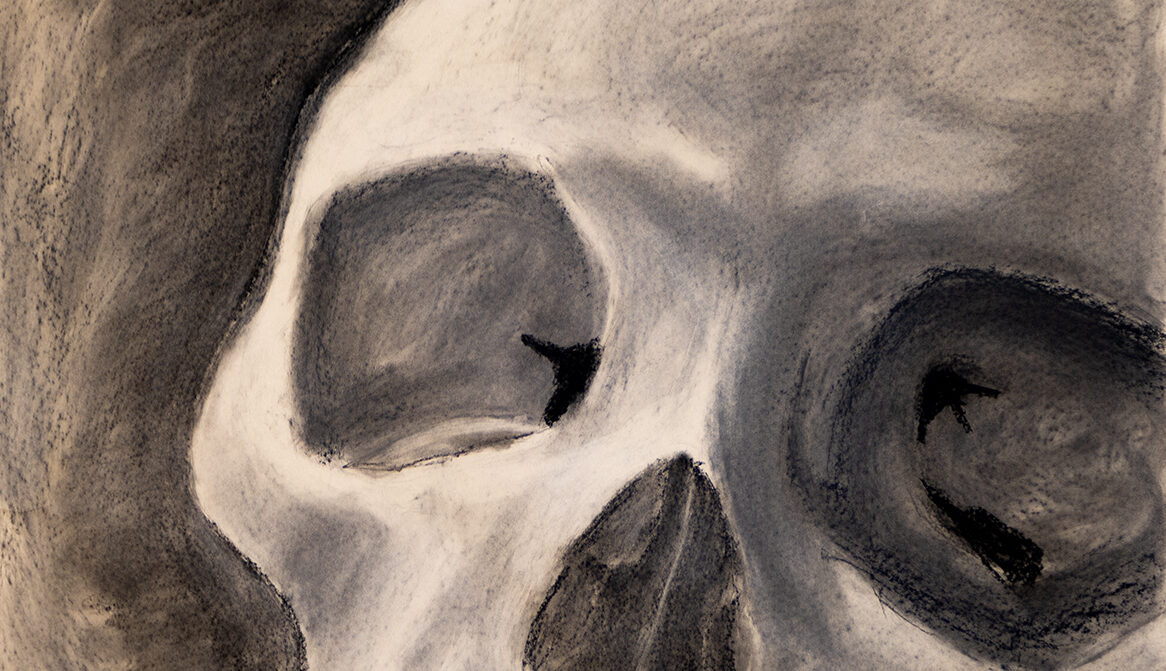About
Trevor Maine is a painter, printmaker, and illustrator, local to the Pacific Northwest. In 2019, he received a BS in Virtual Technology & Design from the University of Idaho and is currently in his last year of earning his BAE in Visual Arts Education at Eastern Washington University.
Even as he was preparing to head off to college, Trevor never thought that he would one day consider himself an artist. At best he was a com-sci and graphic design kid, who decided he wanted to make video games. Life had other plans for Trevor, and soon after graduating he was designing brochures, fliers, and websites. Seeking a productive hobby to pass the time he picked up on drawing and was enthralled immediately.

Currently, Trevor spends time creating works which explore classical, historical, and symbolic, themes and styles, and seeks to help others discover the same passion for art and creation that he stumbled upon.
Teaching Statement
An all too common phrase one will hear when they ask the average person about their artistic abilities is; “Oh I’m no good at art”, “I can’t draw”, or something of that ilk. When pushed further on the subject, far too often will the response be “yeah, my art teacher agreed, I was hopeless.”
This infuriates me.
The whole idea of a teacher is someone who will push their students to improve and learn. Not every student will be enthralled with the topic, but a part of the responsibility as a teacher is to still ensure that at the end of the day, the students in your class will know the material and how to apply it.
Vital for a student’s development in art, is the time necessary to digest the information presented to them, and to experiment with it. Because art is multi-faceted, it takes a lot of effort to learn, and then execute. Some students may intellectually know the concepts of the class, yet have difficulties physically preforming them. Which is why practice makes perfect. It does no good to cover a concept or technique in one class period, have your students perform a singular exercise or piece relating, and then never touch it again. But if you let your students experiment, succeed, and, yes, even fail, their comfort and confidence will grow.
However, all that being said, you are still the teacher, just introducing the concept and letting the students go free will tend not to be the best solution. You are there to guide, to answer questions, to ask questions. Often students do not grasp material the same way, and may need a concept reframed to better relate to that individual student.
That’s actually what I see as the point of a teacher at all. Now a days, everything is on the internet, there are no shortage of videos out there covering all the information that would be given in any lecture or discussion. But being able to be there for your students, to address their questions, give them individualized feedback, to relate to them, that’s why we have teachers instead of pre-recored lectures.
Artist Statement
The hardest part is never the blank canvas. By the time I’ve reached the canvas I’ve already burned through dozens of ideas and iterations, I know what I must do. Nor is it the hours of touch up, cleaning and defining details. No, the hardest part is making up an appropriately artsy sounding justification for the work I just did.
For some reason, no one ever wants to hear that I thought it would look nice or simply be a neat subject to explore. No, I must be isolating and re-contextualizing art-history and religious themes and iconography, stripping them of their original meanings all in order to relate it back to myself as an artist. In all seriousness, for me, art is an escape. A way to close out the distractions of the world around me and to truly explore myself.
I work with charcoals as they allow me to be loose and gestural with my work, while at the same time still offering a high degree of control and intentionality. Paints, oil especially, provide this as well as the depth and subtleties of mixing colours together, which can really bring a piece to life. There’s a… slipperiness to these mediums which allow them to blend and flow in a way that others, such as coloured pencils, do not for me.
As I said, art is my escape. It is what I do to truly enjoy life, sometimes it is as simple as that.
